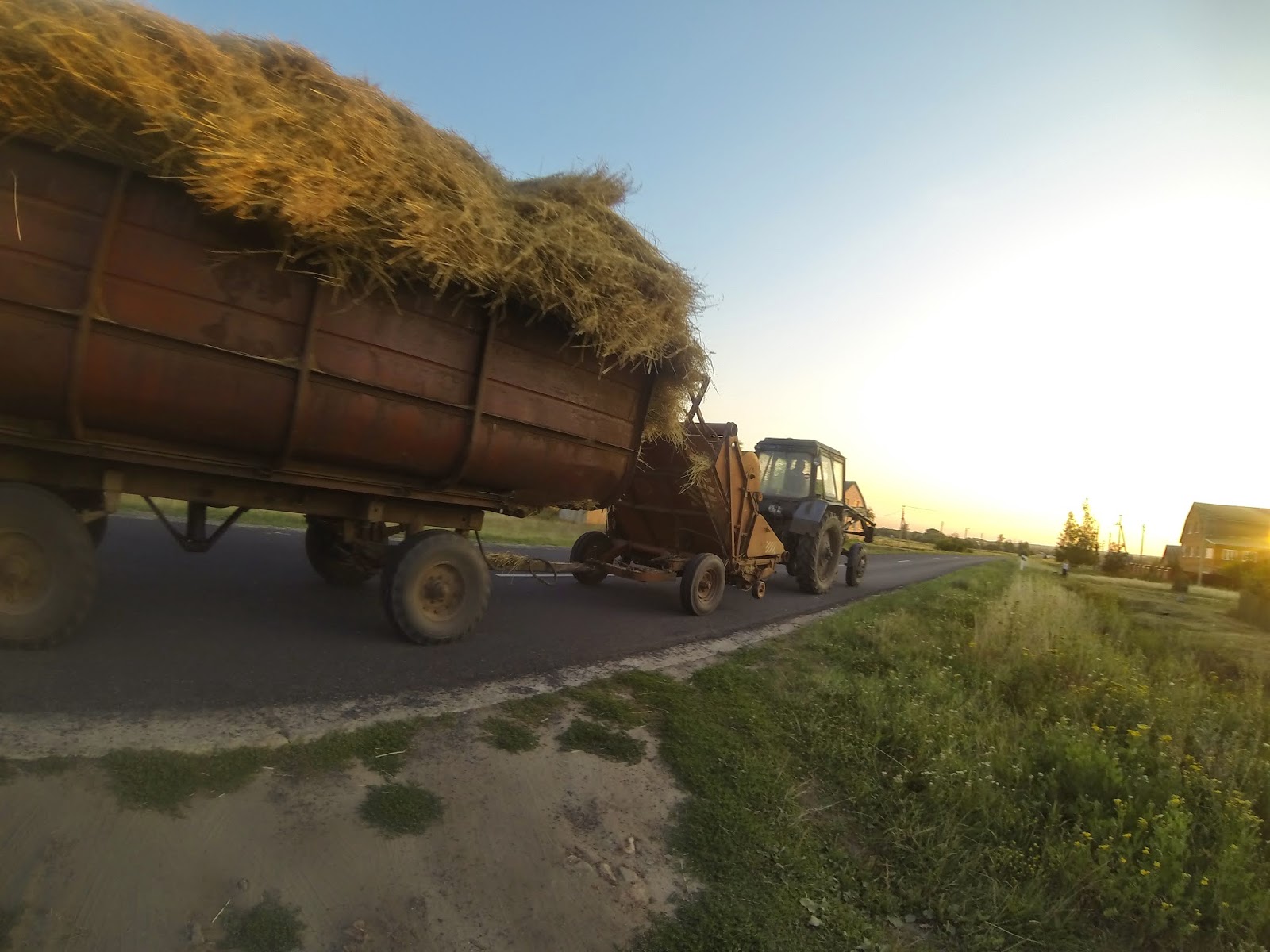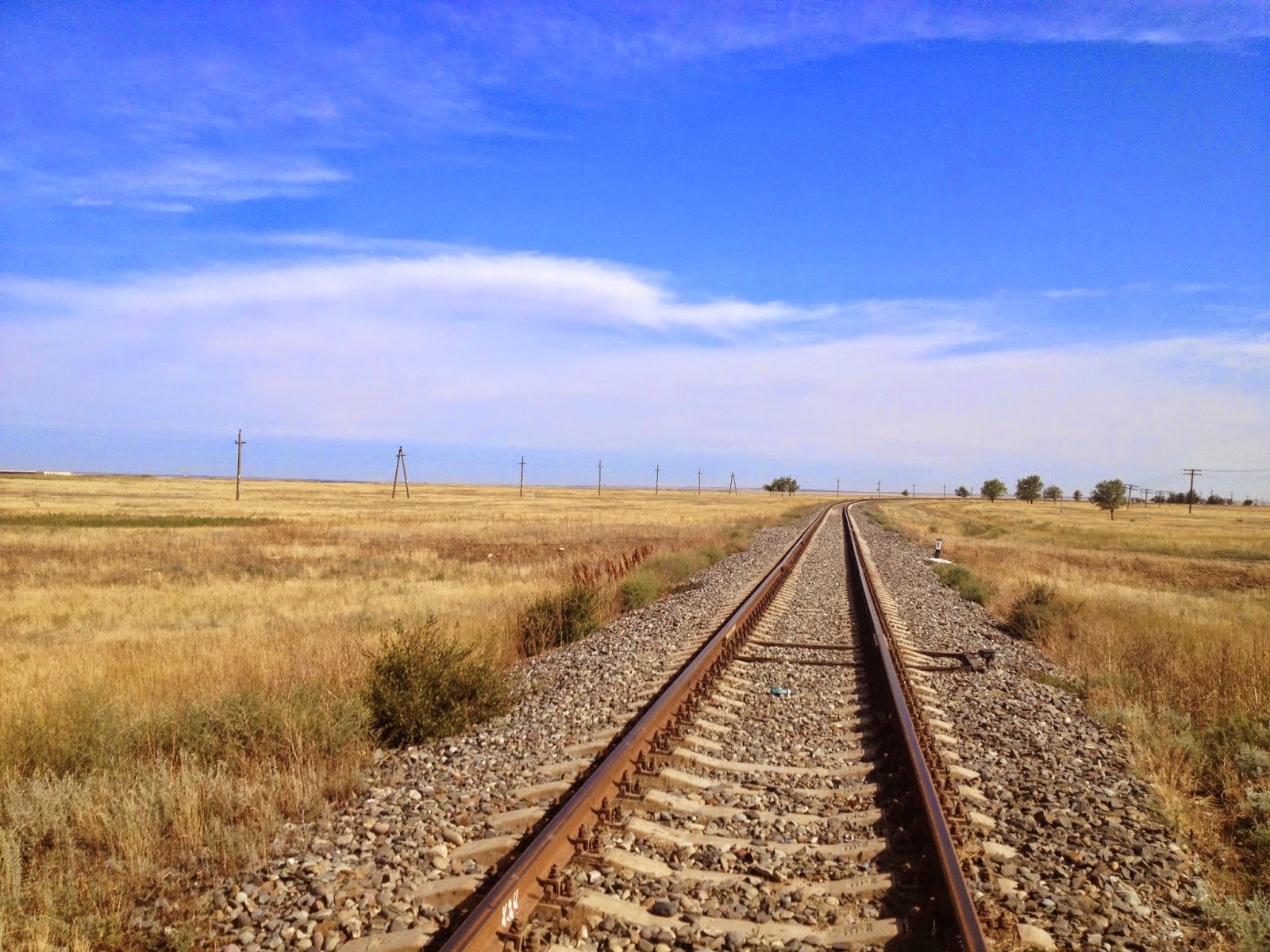 It’s all appears to be going very Pete Tong in Russia with
the rouble losing 15% against the dollar between Friday and
yesterday.
It’s all appears to be going very Pete Tong in Russia with
the rouble losing 15% against the dollar between Friday and
yesterday.
The farming community in Russia is saying it’s all going
mental with fertiliser dealer’s reneging on previous agreements and seed and pesticide
suppliers refusing to price product.
After previously lifting interest rates 1% and saying they
didn't want to panic the market, Russia’s central bank panicked the market by lifting
it a whopping 6.5% and making the announcement at 1am after what appeared to be
a crisis meeting.
Russian inflation and crude oil prices continue to
add to the pressure as oil and gas make up a sizeable portion Russian exports.
Russian Agriculture Minister Nikolai Fyodorov said that he
was waiting government approval to raise the intervention price for grain
to increase state stocks from 1.5mmt to 3.5mmt and presumably slow down exports
at the same time.
They may well happen anyway as the slump against the dollar
has created a big disincentive for Russian farmers to sell their grain but to hold onto crop in a wait and see because surely it can’t get any
worse type scenario.
If suppliers are not agreeing prices then farmers with crop
to sell will have no significant cash flow demands either so best to hold for
now.
Under these circumstances spring is a long, long way off.
Against this background western commentators with no
understanding of how Russians tick and who are more used to politicians
resigning after tweeting a picture of a white van are incredulous that President
Putin's popularity continues to remain buoyant.
Putin is due to give his annual press conference tomorrow,
my guess is he will down play Russia's role in the spluttering economy electing
to blame western foreign policy and sanctions.
One of the few Russians prepared to go on record with the
BBC summed it up when John Simpson asked for her if life was going to be more
difficult in the future while standing in the freezing rain at tram stop number
three said “yes but it’ll pass, we will survive”.





.JPG)

.jpeg)


.JPG)






.JPG)




















